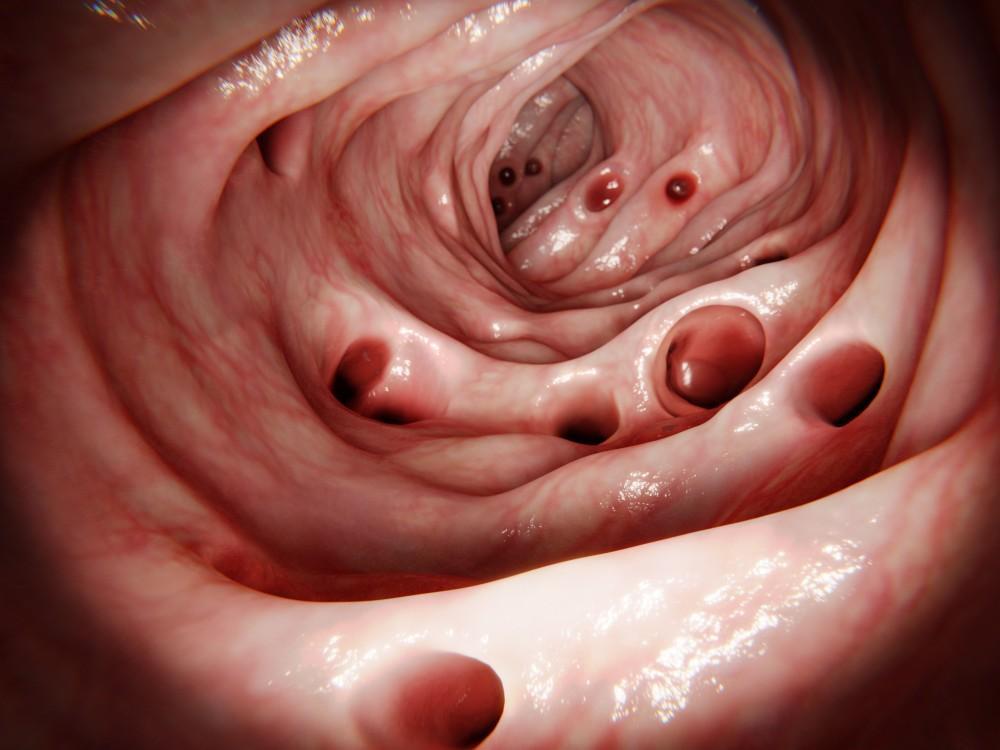
A colovascular fistula is an abnormal connection that forms between the colon and another blood vessel.
Signs and Symptoms
- Gastrointestinal bleeding: This can result in bright red or maroon-colored blood in the stool or black, tarry stools (melena).
- Abdominal pain: This pain can be severe and may be localized or diffuse, depending on the location of the fistula.
- Change in bowel habits: This can include diarrhea, constipation, or changes in the size or shape of the stool.
- Fever: Infection can occur due to the abnormal connection between the colon and blood vessel.
- Nausea and vomiting: These symptoms can occur if there is a blockage or obstruction in the intestines.
- Fatigue: Anemia due to chronic blood loss can lead to fatigue and weakness.
Causes
- Diverticulitis: Inflammation or infection of small pouches that can form in the walls of the colon (diverticula) can sometimes erode into nearby blood vessels, creating a fistula.
- Colorectal cancer: Advanced colorectal cancer can invade nearby blood vessels, leading to the formation of a fistula.
- Crohn's disease: This inflammatory bowel disease can cause inflammation and ulcers in the digestive tract, which can erode into blood vessels and form fistulas.
- Radiation therapy: In some cases, radiation therapy for pelvic cancers can damage the tissues of the colon and nearby blood vessels, leading to fistula formation.
- Inflammatory bowel disease (IBD): Both Crohn's disease and ulcerative colitis, types of IBD, can increase the risk of developing fistulas due to inflammation and ulceration in the digestive tract.
- Infections: In rare cases, infections in the abdomen, such as from an abscess, can lead to the formation of a fistula between the colon and blood vessels.
- Trauma: Injury to the abdomen, such as from surgery or trauma, can sometimes result in the formation of a colovascular fistula.
While most colovascular fistulas are acquired conditions caused by factors like inflammatory bowel disease, diverticulitis, or surgery, congenital colovascular fistulas can occur in rare cases. These fistulas are present from birth and develop due to abnormal development in the womb.
The exact causes of congenital colovascular fistulas are not fully understood, but they are likely due to:
- Genetic factors: Certain genes may increase the risk.
- Environmental factors: Exposure to certain medications or toxins during pregnancy might play a role.
- Unknown factors: In many cases, the cause remains unclear.
Diagnosis
- Medical history and physical examination: The doctor may ask about symptoms, medical history, and perform a physical examination to look for signs of a fistula, such as abdominal tenderness or signs of infection.
- Imaging studies: Imaging tests are usually necessary to confirm the presence of a colovascular fistula and determine its location and extent. Common imaging studies include:
- CT scan: A computed tomography (CT) scan can provide detailed images of the colon and blood vessels, helping to identify the fistula.
- MRI: Magnetic resonance imaging (MRI) can also be used to visualize the colon and blood vessels and may be particularly useful for identifying fistulas in certain locations.
- Barium enema: This imaging test involves the use of a contrast material (barium) that is inserted into the colon to help visualize the fistula on X-ray images.
- Colonoscopy: A colonoscopy may be performed to examine the inside of the colon using a flexible tube with a camera on the end (endoscope). This can help identify any abnormalities, such as inflammation or ulcers, that may be associated with the fistula.
- Angiography: In some cases, an angiogram may be performed to visualize the blood vessels near the colon and identify any abnormalities or fistulas.
Nursing Intervention
- Monitoring vital signs and hemodynamic parameters
- Assessing for signs and symptoms of complications
- Educating patients about their condition and self-care measures
- Providing emotional support and managing anxiety
- Administering medications as prescribed
- Preparing patients for diagnostic procedures and interventions
Treatment
- Medical management: Antibiotics may be prescribed to treat any infection associated with the fistula. In some cases, medications to reduce inflammation may also be used.
- Nutritional support: If the fistula is causing malnutrition or weight loss, nutritional support may be provided, either through oral supplements or intravenously.
- Surgery: Surgical intervention is often necessary to repair the fistula. The specific surgical approach will depend on the location and size of the fistula, as well as the underlying cause. Surgery may involve removing the affected portion of the colon and repairing the blood vessel, or it may involve creating a temporary or permanent colostomy.
- Endovascular procedures: In some cases, minimally invasive procedures such as embolization (blocking the blood vessel) may be used to treat the fistula, particularly if surgery is not an option.
- Ongoing monitoring: After treatment, patients with a colovascular fistula may require regular monitoring to check for any recurrence or complications.
Prognosis
The prognosis of a colovascular fistula depends on several factors, including the underlying cause, the size and location of the fistula, and how quickly it is diagnosed and treated. In general, colovascular fistulas can be a serious condition that requires prompt medical attention.
If left untreated, colovascular fistulas can lead to complications such as severe infection, sepsis, and significant bleeding. In some cases, the fistula can cause a life-threatening condition. However, with appropriate treatment, including surgical intervention when necessary, the prognosis can be good.
The outlook is often better when the fistula is diagnosed early and treated promptly. However, the specific prognosis can vary widely depending on the individual circumstances.
Complication
This condition can lead to serious complications, including bleeding, infection, and the potential for the contents of the colon to leak into the bloodstream.